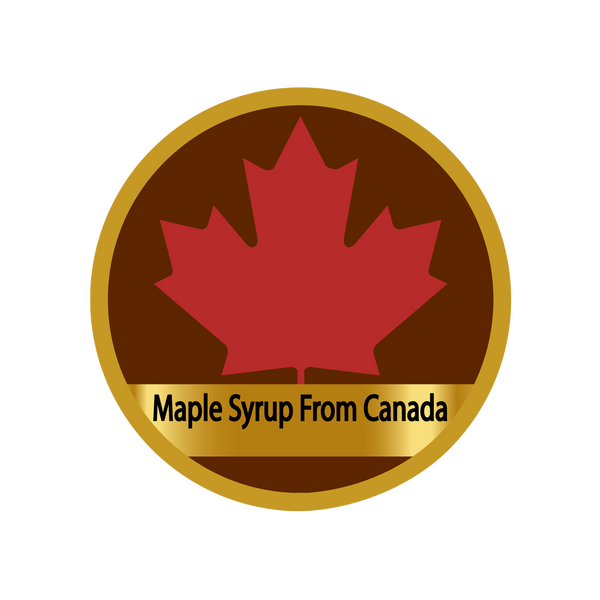Maple syrup, a beloved and natural sweetener, owes its existence to the enchanting dance between nature and weather during the sugaring season. The atmospheric conditions play a pivotal role in the production of this liquid gold, influencing everything from sap flow to syrup characteristics. In this article, we explore why weather matters so significantly in the art of maple syrup production.
The Sugaring Season Symphony:
The sugaring season, typically occurring from late winter to early spring, is a critical time for maple syrup producers. During this period, sugar maple trees (Acer saccharum) awaken from their winter slumber, and the sap begins its journey from the roots to the trunk and branches. The weather during this time orchestrates the delicate balance necessary for a successful maple syrup harvest.
Temperature Fluctuations: The Conductor's Baton:
-
Freezing Nights:
- The process begins with freezing nights, a vital component for the transformation of starches stored in the tree's roots into sugars.
- The cold temperatures create a vacuum effect, drawing sap up from the roots into the tree.
-
Warm, Sunny Days:
- The subsequent warm, sunny days are equally essential. As temperatures rise, pressure builds within the tree.
- The pressure forces sap to flow out of the tree through tap holes, which are strategically drilled into the maple trunk.
Why Weather Matters:
-
Optimal Sap Flow:
- The ideal conditions for sap flow are a delicate balance between freezing nights and warmer days. A consistent freeze-thaw cycle stimulates sap movement within the tree.
-
Sugar Concentration:
- Colder temperatures early in the season lead to sap with higher water content. Warmer temperatures later in the season contribute to the concentration of sugars in the sap, influencing syrup color and flavor.
-
Sap Quality:
- Weather conditions directly impact the quality of the sap collected. Cooler temperatures tend to produce sap with a lighter color, while warmer temperatures result in darker, more robust syrup.
-
Tapping Timing:
- Producers must carefully time the tapping of trees to coincide with the optimal weather conditions for sap flow. Tapping too early or too late can affect the quantity and quality of the sap collected.
Challenges and Adaptations:
-
Unpredictable Weather:
- Unseasonable warmth or late frosts can pose challenges. Warm weather may end the sugaring season prematurely, while late frosts can disrupt sap flow.
-
Regional Terroir:
- The unique geographic characteristics of each region, including soil composition and elevation, contribute to the terroir of maple syrup, shaping its distinct flavor profile.
The production of maple syrup is a harmonious collaboration between nature and weather, where temperature fluctuations, sunlight, and regional terroir contribute to the symphony of flavors and aromas we find in each bottle. As we drizzle this natural sweetener on our pancakes, let's marvel at the intricate connection between weather and the golden elixir that nature bestows upon us during the magical sugaring season.

